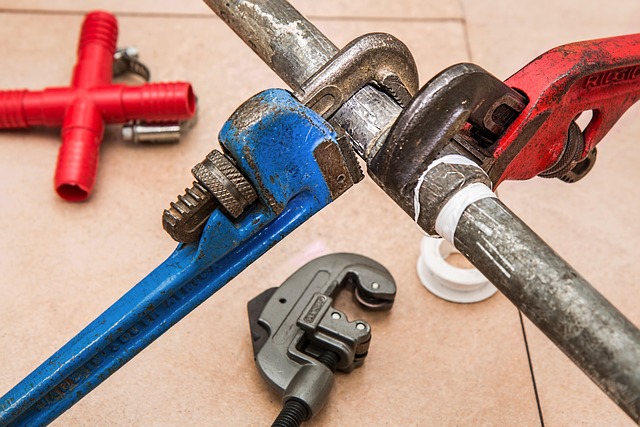Essential Tools and Techniques for Efficient Fence Assembly and Repair
Fence installation and repair require a blend of practical tools, reliable materials, and consistent procedures. This article outlines the essential equipment, core techniques, and workflow considerations that help contractors, handymen, and carpentry teams complete fencing projects with safety and efficiency in mind.

Fence installation and repair demand a practical approach that balances precision, safety, and time management. Whether working on wood, metal, or composite materials, installers must combine appropriate hand and power tools with sound techniques for layout, post setting, and panel attachment. Proper planning—covering materials, site conditions, and scheduling—reduces rework and improves long-term maintenance outcomes for property owners and contractors alike.
What basic fencing tools are essential?
A reliable toolkit for fencing covers both hand tools and power equipment. Common essentials include hammers, pry bars, tape measures, chalk line, levels, post-hole diggers, shovels, and saws. For fastening and finishing, cordless drills, impact drivers, nail guns, and staple guns speed installation. Safety gear—gloves, eye protection, hearing protection, and steel-toe boots—should always be on hand. For metal or concrete work, consider grinders, concrete mixers or mixer rentals, and reciprocating saws. Organizing tools into a mobile kit helps handymen and contractors stay efficient across multiple job sites.
How does installation workflow improve efficiency?
A consistent installation workflow reduces downtime and errors. Start with a clear site survey and layout: mark lines with stakes and chalk lines, verify property boundaries and utilities, and measure spacing for posts and panels. Use a phased approach—post holes and set posts first, allow adequate curing time for backfilled concrete, then attach rails and panels. Scheduling tasks to allow parallel work (for example, prepping materials while concrete cures) shortens total project time. Clear communication with clients or team members about start times, expected interruptions, and staging areas also smooths onsite operations.
What carpentry techniques enhance durable construction?
Solid carpentry practices extend fence life and reduce maintenance. Choose appropriate joinery and fasteners for the materials used—stainless or galvanized hardware for outdoor exposure, and corrosion-resistant screws for composite boards. Cut joints squarely and seal exposed end grain on wood components to limit moisture ingress. Ensure posts are plumb and set to recommended depths relative to local frost lines or soil conditions. Proper rail spacing and secure attachment points prevent sagging and improve resistance to wind and impact. Attention to these carpentry details supports both aesthetic and structural longevity.
How do safety and maintenance factor into projects?
Safety is integral to every fencing job. Conduct a risk assessment before work begins, identify underground utilities with local services, and implement controls for power tool operation and material handling. Rotate tasks to reduce repetitive strain, and use mechanical aids for heavy components when possible. Post-installation maintenance planning is important: advise property owners on routine checks for loose fasteners, rot or rust, and gate alignment. Scheduled maintenance extends service life and can be integrated into a contractor’s ongoing service offerings for steady workflow.
How to approach estimation and scheduling accurately?
Accurate estimation combines material takeoffs, labor time, and site-specific considerations. Measure total linear footage, count posts and panels, and include allowances for gates, terminals, and irregular terrain. Factor in time for excavation, concrete curing, and finishing work such as staining or painting. For scheduling, include buffer time for weather, utility delays, and unexpected site conditions. Clear documentation of assumptions in estimates helps set reasonable expectations with clients or supervisors and supports consistent workflow planning across construction projects.
How can apprenticeship and contractor practices develop skills?
Apprenticeship and on-the-job mentorship build practical proficiency more reliably than purely theoretical study. New installers benefit from structured learning—shadowing experienced carpentry or contractor teams, practicing post-setting and rail alignment techniques, and gaining familiarity with different materials and fasteners. Contractors can formalize skill progression with checklists and milestones that cover safety, tool use, material selection, and job planning. Routine review of completed projects, including maintenance outcomes and client feedback, supports continuous improvement and a more dependable craftsperson pipeline.
In summary, efficient fence assembly and repair rely on selecting the right tools and materials, following disciplined carpentry and safety practices, and planning realistic estimations and schedules. Whether working as a handyman, apprentice, or contractor, focusing on consistent workflows and ongoing skill development improves quality and reduces rework, contributing to safer, longer-lasting fencing installations.





